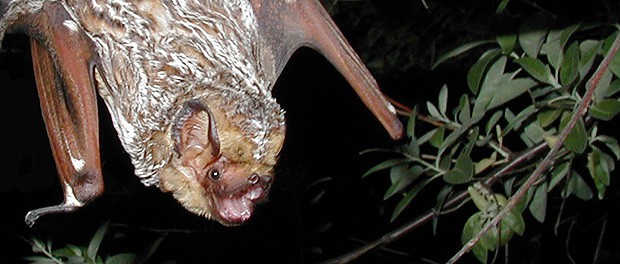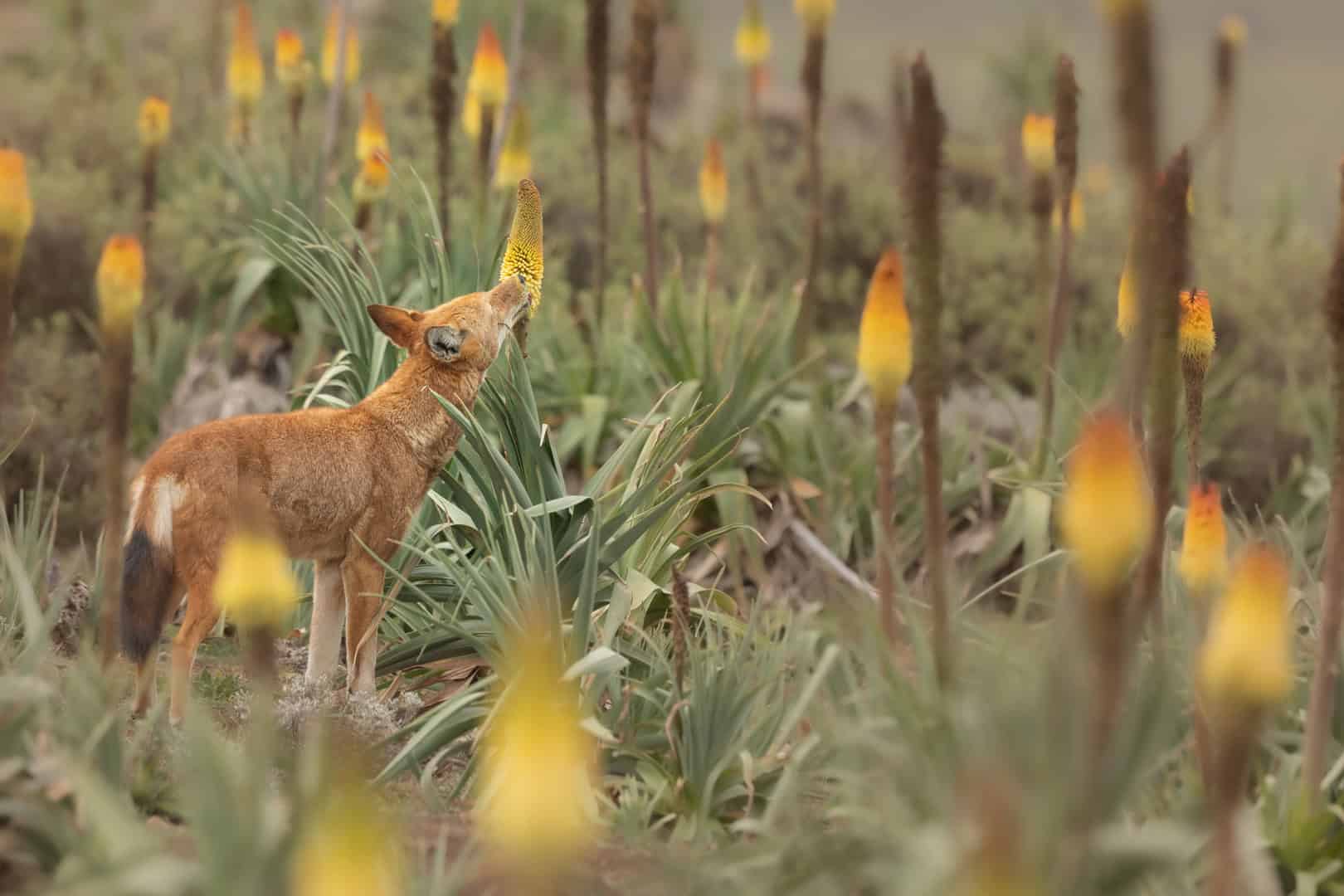Share this article
Flyway to the Danger Zone
Flying at night should be old hat for bats, but this routine feat is becoming increasingly dangerous. Tens to hundreds of thousands of migratory bats turn up dead at the bases of wind turbines every year, and now scientists may know why.
Bats that primarily roost in trees, such as hoary bats (Lasiurus cinereus) and eastern red bats (Lasiurus borealis), make up more than three quarters of bat fatalities at wind-energy sites in North America. Marcos Gorresen from the University of Hawaii thinks bats may confuse the turbines for trees — a mistake that could be fatal.
Gorresen and a team of scientists studied the behavior of migratory bats approaching turbines at a wind farm in Benton County, Ind., from July 29 to October 1, 2012. They analyzed more than 1,300 hours of thermal and near-infrared video footage looking for bats zipping across or tumbling through what Gorresen calls the “danger zone” — the area where turbine rotors and blades sweep through the air.
They found bats were selective about how they interacted with turbines. When wind conditions were favorable, the bats approached operational turbines from downwind where air currents are calmer, according to the study recently published in Proceedings of the National Academy of Sciences. Once wind speeds reached over three feet per second, bats were less likely to approach turbines.
The results may help wind-energy companies better focus their bat mortality mitigation strategies. One popular method to discourage bats from visiting wind farms employs sound deterrent devices, which reduce bat fatalities by up to 50 percent. “To keep [bats] completely away might not be possible,” said Gorresen. “We just want to reduce the amount of time that they spend in close proximity to the danger zone.”
Currently, the devices send acoustic signals out in all directions. Using these new findings, wind-energy companies can focus the sound downwind where they know bats are likely to be. Companies also could set their turbines to activate at higher wind speeds.
Header Image: Image Credit: Paul Cryan, USGS








